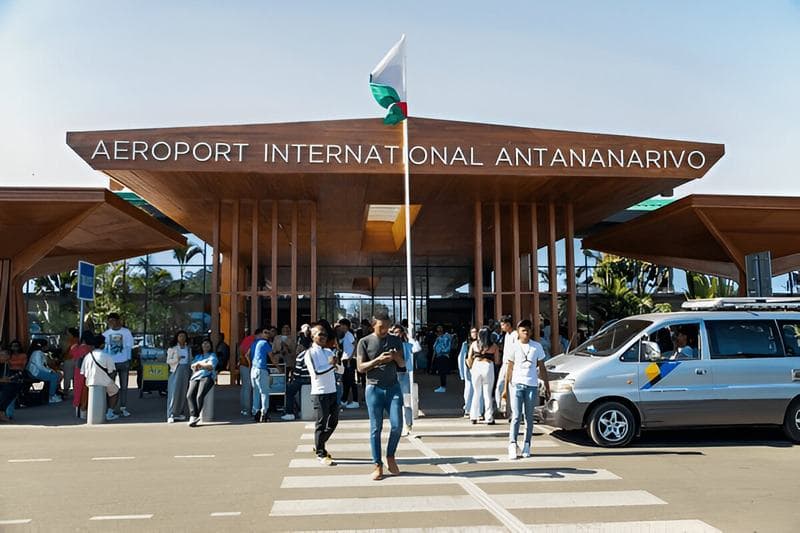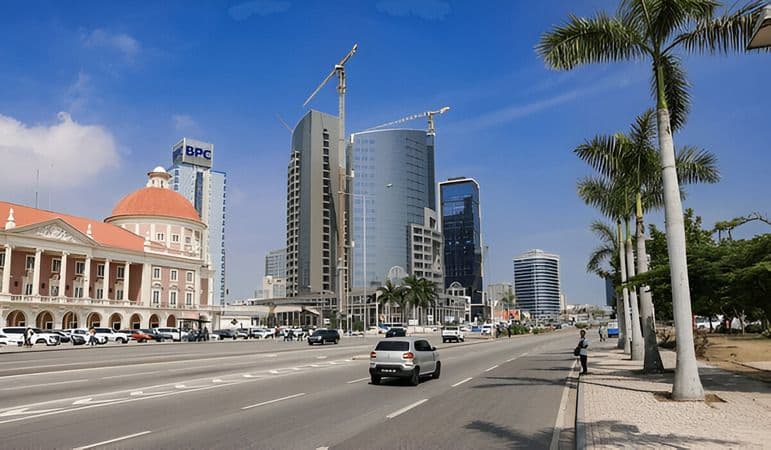When your people are on the move, risk moves with them. Storms close airspace. Protests turn violent. A cyber incident locks a border crossing. If your program relies on static PDFs and quarterly briefings, you're already behind.
Most companies treat travel security like compliance paperwork. Check the box. File the report. Hope nothing goes wrong. That's not risk management. That's liability management.
Real travel security is a system that spots menaces early, scores their relevance to your route, and tells your traveler what to do next. Fewer surprises. Faster decisions. Safer journeys.
Where Programs Fail
I've seen the same gaps across corporate security programs, NGOs, and executive protection operations:
Intel that's delayed or generic. By the time the alert reaches your traveler, the situation has deteriorated. Routes are blocked. Windows are closed. Your team is guessing.
No link between alerts and decisions. You get a notification about protests in Mexico City. So what? Which roads? What time? Does it affect your route or not?
Tools that drown you in headlines. More feeds don't help. You need signal, context, and clear advice.
"Global coverage" that goes quiet outside major capitals. Most platforms monitor airports and business districts. Your team is visiting a plant 200 km outside the city. Good luck.
The problem isn't lack of information. It's lack of relevance and speed.
What Actually Works
I've run protection operations across conflict zones and corporate travel programs for Fortune 500 executives. The formula that works is always the same:
Live monitoring across multiple sources. Open-source intelligence, social media intelligence, official advisories, and, when possible, human intelligence on the ground. Continuous, not periodic.
Threat scoring that prioritizes what matters. Not every protest affects every traveler. Score based on route, timing, operational profile, and client risk tolerance.
Human judgment, not just algorithms. AI flags potential dangers. A human confirms relevance, filters false positives, and transfers raw data into tactical insights.
Actionable briefs. Not "avoid protests." Instead: "Road closures likely on Route 8 near Terminal 2, 16:00–21:00 local. Use alternate entry via Door X. Pre-arrange landside escort. Keep curbside dwell time under 3 minutes."
That's intelligence you can act on.
Real Incident: Mexico City, 2024
A client's VP was flying LAX to Mexico City to Bogotá for plant visits. Hours before departure, protests flared along the airport access road. Most travel security platforms would have sent a vague alert: "Protests reported in Mexico City. Exercise caution."
Useless.
Here's what the VP actually needed:
- Risk: High probability of road closures near Terminal 2 between 16:00–21:00 local.
- Impact: Tight connection window. Escalated exposure curbside.
- Recommendation: Move to earlier connection or reroute via Panama City. If unavoidable, pre-arrange ground escort, use alternate entry, shift pickup to Door X with driver comms pre-scripted.
- Contingency: If stuck, secure at lounge Y, delay curbside. Avoid entry via Road Z. Keep soft-target length of stay under 3 minutes.
The VP adjusted the connection, avoided the chaos, and made the Bogotá meeting on time. No drama. No crisis response. Just intelligence delivered in time to act.
That's the difference between travel security that works and travel security that checks boxes.
The Human + AI Model
Pure AI misses nuance. Algorithms can't assess intent, cultural context, or follow-up consequences. They flag everything or omit what matters.
Pure human analysis is too slow. One analyst can't monitor hundreds of sources across dozens of regions in real time.
The answer: AI for scale, human judgment for precision.
I've run this process manually for 20 years. That's why I'm building Sentinel AI, not as a replacement for what I do, but as a way to scale it. Hundreds of sources monitored continuously. Advanced detection and scoring. Then a human security risk advisor confirms relevance and converts it into clear, practical suggestions.
But even without the platform, this is how I operate. Real-time intelligence gathering, validation, action-oriented guidance for clients moving through high-risk environments.
What Clients Actually Need
Whether you're a startup with a handful of frequent flyers or a multinational under strict compliance controls, the requirements are the same:
Speed. Alerts before headlines, not after the crisis is already underway.
Relevance. Intelligence tailored to your traveler's route, timing, and mission profile.
Clarity. Not vague warnings. Specific recommendations your team can execute immediately.
Documentation. Leadership and legal need to see you identified risks, provided guidance, and documented outcomes. Duty of care isn't just doing the right thing. It's proving you did.
Delivery that works. Email briefs. Encrypted channels for sensitive itineraries. Formats your team can use in the field, not corporate dashboards no one checks.
Where This Fits in Your Security Program
If you're running executive protection operations, corporate security programs, or deploying teams into unsafe environments, this approach plugs into the way you already work.
Use it as your live intelligence layer on top of existing compliance docs. Integrate it alongside your travel management company or HRIS. Treat it as your advisory partner for board trips, investor roadshows, or plant visits.
For enterprises, the system supports duty of care obligations with transparent logic, event histories, and auditable advisories. For VIPs, add encrypted briefings and immediate delivery for fast decision cycles.
In Conclusion
Minutes matter. The right intelligence, at the right time, prevents small disruptions from cascading into security incidents.
I've run this process for government officials, Fortune 500 executives, journalists, and humanitarian teams operating in volatile regions. Zero failed operations in 20+ years.
Get Professional Travel Risk Management
Contact: zika@zikarisk.com
Services: Risk Advisory | Executive Protection | Threat Intelligence



